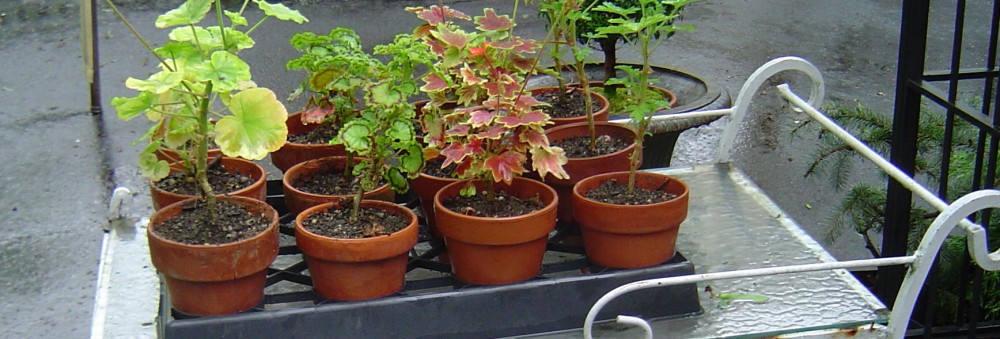Lyndhurst In Bloom has come and gone. Weeks of plotting and planning reduced to a short 2 day event. Was it worth it? Absolutely!
I was very gratified to see my vision realized perfectly. It came together exactly as I had intended. The feedback has been wonderful – better than I had dared to hoped. All in all, a great experience.
Each of the other installations were inspirational. So different and yet, they all seemed to relate to each other. That’s serendipity. Bonus – some exciting new professional as well as personal friendships forged.
I am taking the time this week to review and savor the entire experience. Acknowledging the work, the stretching of skills and, creative energy that was involved is important. No less important is the support received from family, friends and the folks at Lyndhurst ( specifically the inimitable Emma Gencarelli who puts together this huge undertakng) who gave me the opportunity in the first place.
Some garden work did get done too! The very large pots were brought out and they will be potted up soon. A bit of weeding – yes, that is best started as early as possible. It appears that weeds possess an inexplicable advantage – they get going before almost all other plants. There’s a research project awaiting some out-of-the-box thinking graduate student of botany.
I’m eager to get more time in the garden – it’s just about a month to Open Day. No time to waste! This week, I intend to plant summer bulbs, get the vertical garden going, bring out the more hardy plants out of the greenhouse, start leafy greens seeds and keep going with weed patrol.
Now, allow me to share some footage from my Lyndhurst In Bloom 2025 installation – I was unable to add the video so please imagine the field recordings of birdsong as well as the amazing fragrance!

















(c) 2025 Shobha Vanchiswar
[do_widget “Blog Subscriptions (Jetpack)”





















